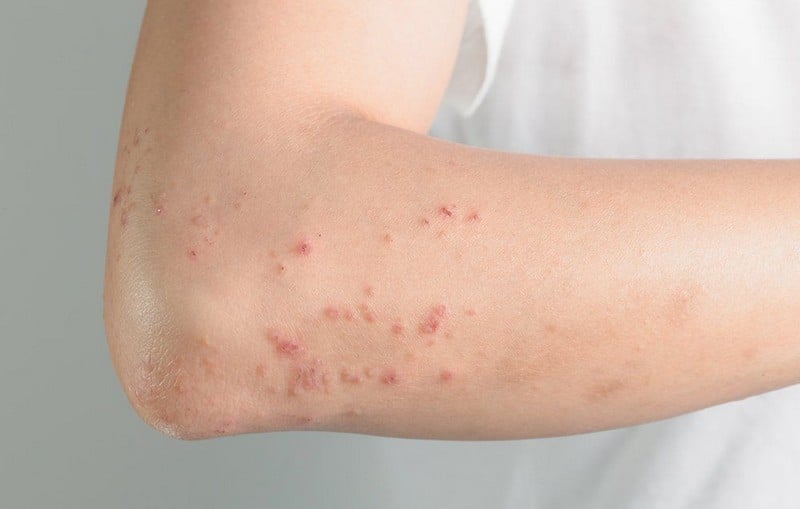Hives

Hives, medically referred to as urticaria, are red, itchy bumps on the skin. They may be painful or stinging and often range in hue from red and pink to flesh. Hives are often brought on by an immune system response to a drug, food, or environmental irritation. Acute hives are usually treated with antihistamines since they are short-term symptoms. Rash symptoms often resolve on their own. Hives are not usually serious, although severe allergic reactions and chronic (ongoing) instances are.
Hives indicate an allergic response to anything an individual may have touched or ingested. The body releases histamines to combat illness and other threats from the environment. Histamines are released into the bloodstream when an allergic response starts to occur. Itchy welts result from the release of histamine into the body’s capillaries. An increase in blood pressure causes the capillaries to dilate, resulting in a welt, and the subsequent fluid leakage into the surrounding tissue leads to swelling. The inability of the body to synthesize histamine causes the formation of hives for longer durations.










